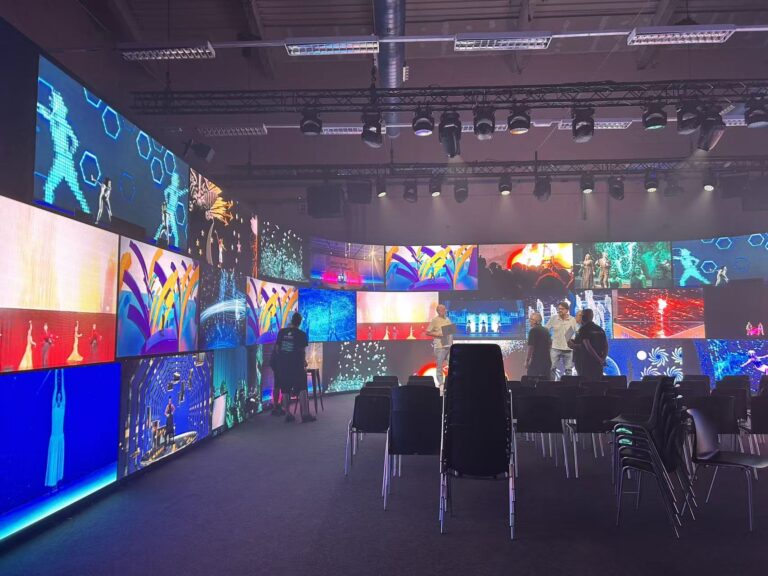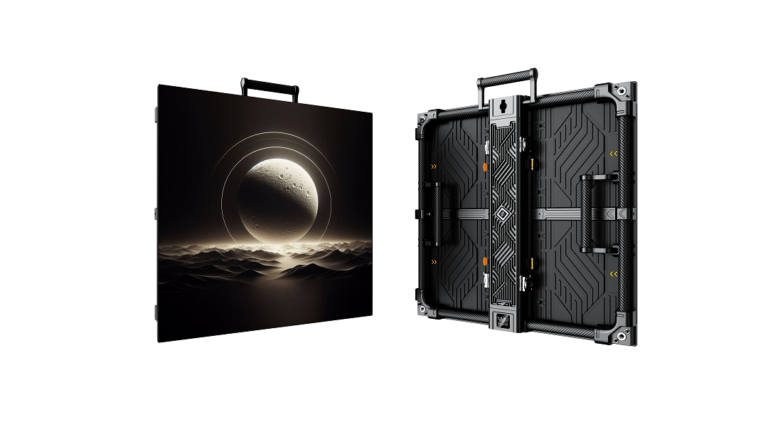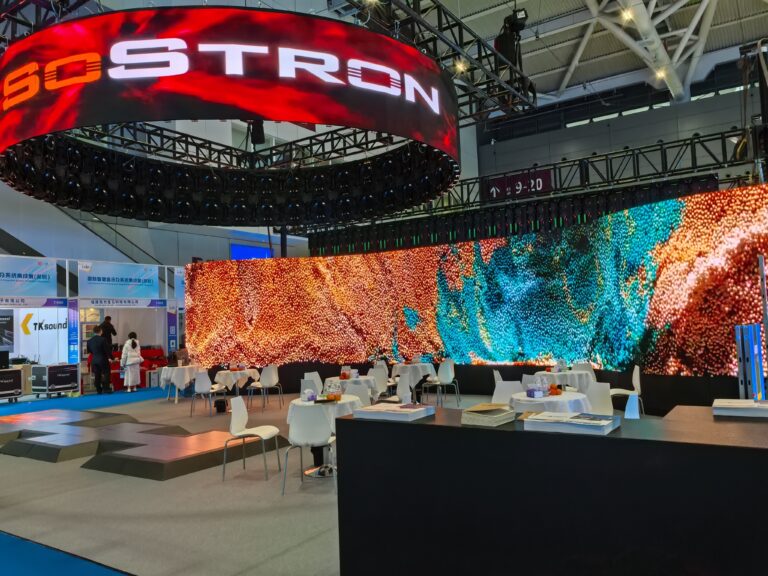Catalogue
What is the difference between LED and projection screen?
Projection screen or LED screen: Which is better for entertainment?
What is the difference between LED and projection screen?
LED and projection screen are two different concepts, and there are some differences between them. Here are the main differences:
Technical principle: LED (light emitting diode) is a light source technology used to produce light. Leds emit light by passing an electric current through a semiconductor material and can be used as one of the light sources for projectors. The projection screen is a screen used to display the projected image, which can be a flat panel in white or gray.
The LED is mainly responsible for providing the light source, which can be used for LCD or DLP projectors. The projection screen is the surface used to project the image, which has reflective characteristics, so that the projected image can be displayed on it.
Installation and use: leds are usually installed inside the projector as part of the light source. Users simply operate the projector to start and adjust the projection. The projection screen needs to be installed separately and adjusted in position to ensure that the projected image appears best on the screen.
Image quality: LED light sources can provide high brightness, high contrast and full color performance, helping to produce clear, vivid projected images. The characteristics of the projection screen, such as reflectivity and light scattering, also have an impact on the quality of the projected image.
Overall, an LED is a light source technology used to provide light, while a projection screen is a display device used to reflect and display a projected image. They are two different components of the projection system that work together to produce the final projection effect.
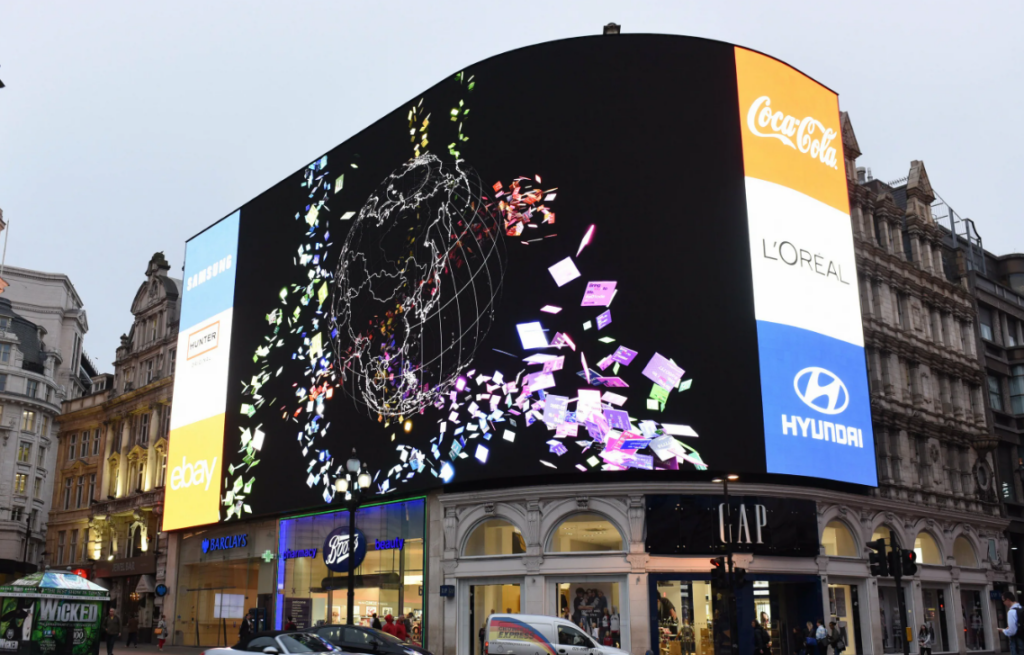
Projection screen or LED screen: Which is better for entertainment?
The choice of projection screen or LED screen as a display device for entertainment activities depends on a number of factors. Here’s how they compare in entertainment:
Display size: Projection screens can often provide a larger display size, especially if you’re looking for a large theater experience, a projection screen is the better choice. The size of the LED screen is limited by the size of the screen itself.
Display environment: Projection screens perform better in darker environments because they utilize projectors to display images, requiring a relatively dark environment for high contrast and color performance. The LED screen can also maintain a good display effect in a higher brightness environment.
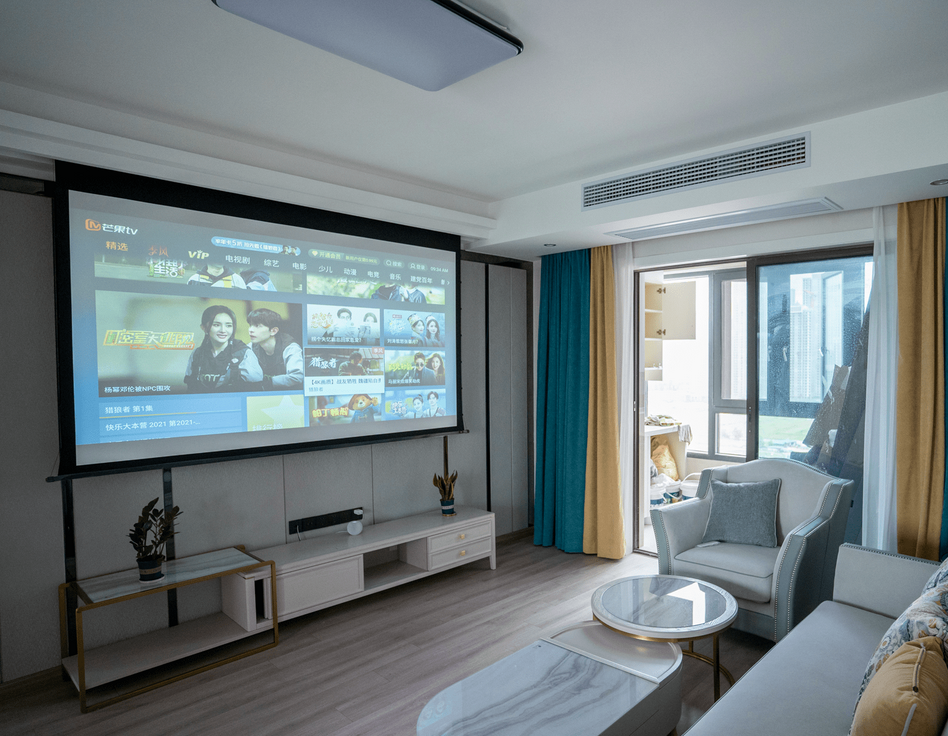
Mobility: If you need to move or move devices frequently, LED screens are more portable and easy to install. Projection screens usually require fixed installation and are more complex.
Display quality: LED screens typically have higher brightness, higher contrast, and more accurate color reproduction, which can provide more vivid, detailed images. The quality of the projection screen may be affected by the light environment and the performance of the projector.
Cost: Projection screens are generally relatively inexpensive, especially when large displays are required. LED screens are more expensive, especially for larger screen sizes. Take you to understand the United States led stage rental screen price.
To sum up, if you want a large-size display, a closer cinema experience, and use in relatively dark environments, a projection screen may be a better choice. If you need portability, high brightness and color performance, and are used in a variety of environments, LED screens may be more suitable for entertainment activities. The best choice should be based on your specific needs, budget and use case.


